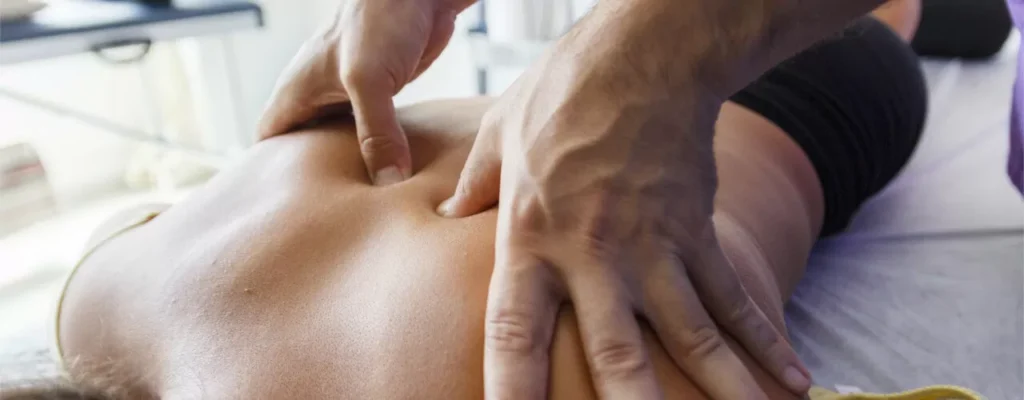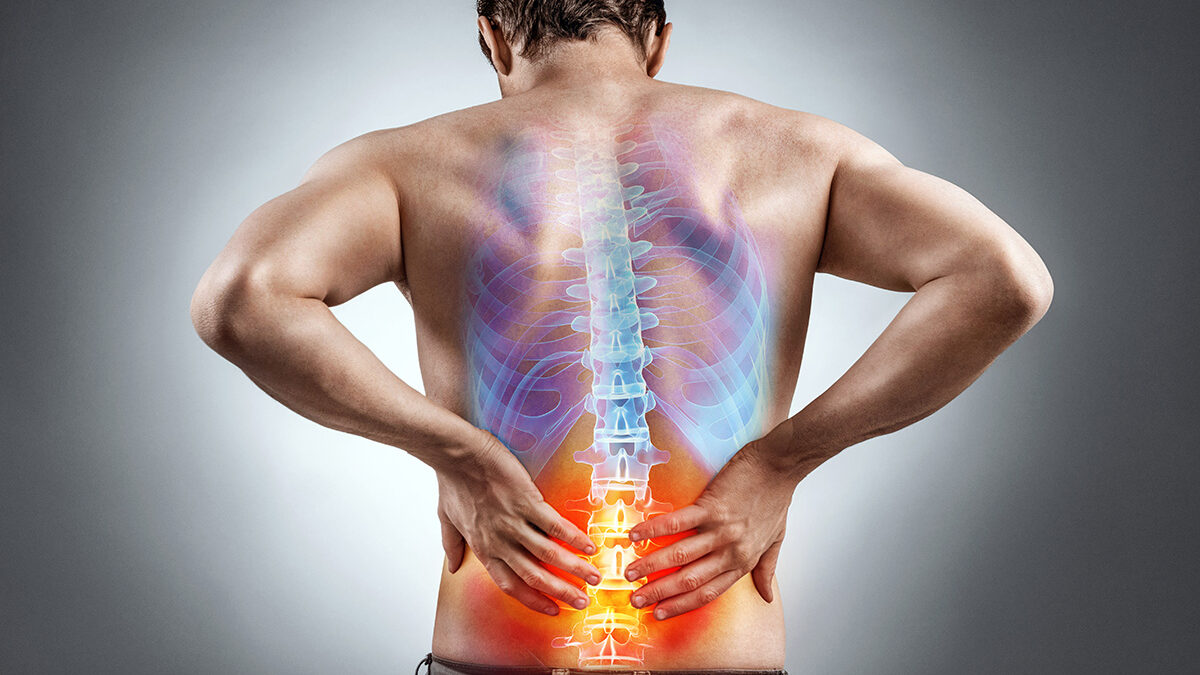Targeted muscle therapy is at the heart of what we do at Knots Out in Kailua, Hawaii. As seasoned massage therapists, we know that not all muscle discomfort is the same. And more importantly, not all techniques work the same way. Among the most effective and often-requested methods are trigger point therapy and myofascial release. These two powerful forms of targeted muscle therapy are frequently used in deep tissue and orthopedic massage—but are often misunderstood or confused.

In this guide, we’ll break down what each approach involves, how they differ, and how we use them to help you move better, feel stronger, and live pain-free.

What Is Myofascial Release?
Understanding Fascia
Fascia is the connective tissue that wraps around your muscles, bones, organs, and joints. Think of it as a full-body web that supports and connects everything. When this web gets stressed—whether from injury, poor posture, or repetitive use—it tightens, limiting movement and causing discomfort.
Myofascia refers specifically to the fascia surrounding muscles. So targeted muscle therapy using myofascial release zeroes in on that crucial muscle-supporting layer.
Releasing the Fascia
During a myofascial release session, your therapist will use slow, sustained pressure. They may lift and roll your skin or use a method called “pin and stretch,” where pressure is applied while moving a body part through a range of motion. This process works to release adhesions, improve movement quality, and reduce pain.
One modern technique we sometimes incorporate is cupping. Unlike manual pressure, the suction from cupping gently lifts the fascia, offering a decompressive force that helps improve mobility and hydration of the tissue.
Another popular and accessible form of myofascial release is foam rolling. Although not a substitute for professional targeted muscle therapy, foam rolling is a great way to maintain fascia health between sessions.
Benefits of Myofascial Release
- Improved posture
- Increased flexibility
- Enhanced circulation
- Pain relief from fascial restrictions

What Is Trigger Point Therapy?
Identifying Trigger Points
Trigger points, often referred to as “muscle knots,” are hypersensitive bundles of muscle fibers. These points can form after injury, overuse, or chronic tension. Unlike general tightness, trigger points can cause both localized and referred pain—meaning that a trigger point in your shoulder might create pain in your neck or down your arm.
Releasing Trigger Points
In targeted muscle therapy, trigger point therapy is highly specific. Your therapist will find the exact location of the muscle knot and apply direct, sustained pressure using their hands, elbows, or specialized tools. This pressure is held until the tissue softens, signaling a release.
Other ways to treat trigger points include:
- Pin and stretch techniques
- Tapotement or vibration therapy
- Stretching and breathwork
- Percussion tools like massage guns
- Home remedies like theracanes or lacrosse balls
Benefits of Trigger Point Therapy
- Fast relief from muscle pain
- Improved range of motion
- Decreased referred pain
- Support for injury recovery

Key Differences Between Trigger Point Therapy and Myofascial Release
While both are forms of targeted muscle therapy, trigger point therapy and myofascial release differ in technique, scope, and outcome.
| Feature | Myofascial Release | Trigger Point Therapy |
|---|---|---|
| Target | Broad areas of fascia | Specific muscle knots |
| Technique | Sustained, stretching pressure | Direct, pinpointed pressure |
| Tools | Hands, cups, foam rollers | Hands, elbows, tools |
| Focus | General tension & mobility | Localized pain & dysfunction |
| Sensation | Gentle to moderate | Intense but relieving |
Both therapies often complement each other beautifully in a well-rounded targeted muscle therapy session.
Incorporating These Techniques into Your Massage
At Knots Out, we tailor every massage session to your needs. Some clients come to us for relief from chronic neck pain. Others want to improve flexibility or recover faster from workouts. Depending on your goals, we may incorporate one or both methods into your session.
Even in a primarily relaxing massage, we can weave in some targeted muscle therapy to address stubborn knots or tight fascia without overwhelming your nervous system.
Clear communication is key. Let us know what you’re feeling and what your goals are—we’ll do the rest.

When to Choose Trigger Point Therapy
Consider trigger point therapy if you:
- Have a specific, localized pain point
- Feel a hard lump or knot in a muscle
- Suffer from referred pain
- Experience limited range of motion due to a tight area
Examples:
- Knots in your shoulders from working at a desk
- Sciatica-like symptoms caused by glute tension
- TMJ symptoms from jaw clenching

When to Choose Myofascial Release
Choose myofascial release when you:
- Have general muscle tightness or stiffness
- Experience postural imbalances
- Are recovering from injury
- Want to improve athletic performance
Examples:
- Low back tightness from long commutes
- Restricted movement after surgery or trauma
- Full-body tension from stress or chronic pain
Self-Care Between Sessions
The benefits of targeted muscle therapy extend beyond the massage table. Here are some ways you can maintain your results:
Foam Rolling
A few minutes a day can prevent fascia from tightening up again.
Hydration
Hydrated tissues are more pliable and less prone to injury.
Gentle Stretching
Incorporate daily stretches to keep muscles and fascia limber.
Mindful Movement
Yoga, tai chi, or slow walking can help maintain the ease and mobility gained from massage.
Why Targeted Muscle Therapy Works
Both trigger point therapy and myofascial release share a common goal: restoring balance to your body. When your muscles and fascia are relaxed, aligned, and functioning properly, your whole body feels better.
Some of the long-term benefits include:
- Reduced pain
- Improved athletic performance
- Better sleep
- Fewer injuries
- Enhanced emotional well-being
At Knots Out, we believe that targeted muscle therapy is a key component of holistic health. These techniques address not only the physical symptoms but also the root causes of tension, pain, and dysfunction.

What to Expect at Knots Out
From the moment you walk into our Kailua studio, you’re in expert hands. We specialize in integrative therapies that combine deep tissue work, trigger point therapy, and myofascial release—all tailored to your unique needs.
Every therapist on our team is trained to identify where your body is holding tension and how to address it with precision and care. Whether you’re a weekend warrior, a desk jockey, or recovering from an injury, our goal is to help you feel your absolute best.
Ready to Experience the Benefits?
If you’ve been dealing with persistent muscle pain, stiffness, or limited mobility, targeted muscle therapy could be your game-changer. Don’t settle for generic massages—let us tailor your treatment with the focused techniques your body truly needs.
Come visit Knots Out in Kailua, and experience the healing power of precision.
With care and aloha,
The Knots Out Team – Kailua, Hawaii



